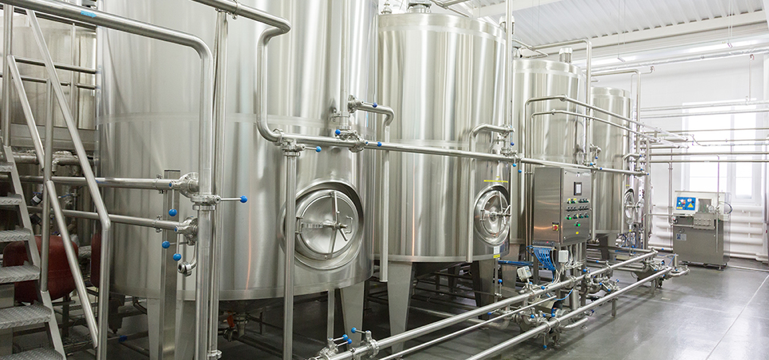The Primary Steps in Implementing Odor Control Measures

Odors have a big impact on the environment around your construction site. Therefore, you must have measures in place to keep the odor under control in and around your business premises. That’s why you should ensure you install the right odor and dust control solutions to help keep you and your employees comfortable. To get started there are important steps to follow while implementing odor control solutions on your project site. Here’s a deep dive into ways you can develop and execute effective odor management and monitoring plans.
Identify the odor control requirements
All facilities have different odor control requirements. To establish the requirements needed, start by having an audit to identify the potential odor sources, their mode of discharge, and frequency of emission. From this, you can develop a detailed plan to create a BossTek odor control solution based on the findings. The plan must cover odor control, odor avoidance, and mitigation strategies on your project site.
Establish the best practices
Once the audit process is completed, you’ll need to develop the best operating technique, including preventative maintenance measures. You should also establish training requirements and clear protocols to cover all potential scenarios like the odor response procedures. This crucial step will ensure that your employees know the processes to follow in case of an emergency.
Record keeping
Also, it’s important to record all the arising issues and the control efforts. This ensures that you can easily retrieve the information if there’s a public inquiry or a licensing review. If you fail to produce accurate records, you’ll be open to constant fines and revocation of your licenses. That’s why it’s crucial to always keep accurate records.
Regular odor monitoring
Ensure that you establish regular monitoring requirements and internal checks to evaluate the existing odor control systems and create a detailed odor monitoring plan. Your monitoring plan must contain the reason why the monitoring process should take place, the type of monitoring, and the regularity of the monitoring. It’s also important to have regular assessments against the emission limits allowable by your licenses. Monitoring can be in different forms, which include emission monitoring, complaints monitoring, climatic monitoring using MET and airfield data. Finally, you can set up surrogate chemicals and process parameters.
Installing the appropriate odor control solution
Once the site requirements have been assessed and the plans have been made and well documented, it’s now time to deploy the odor solutions. Some of the most common odor solutions available include activated carbon that soaks up VOCs and air contaminants with odor. Air scrubbing systems help remove particulates and gas from industrial exhaust streams. Also, consider using dosing and misting systems that encourage decomposition and absorption while converting the molecules into non-volatiles. For example, ammonium nitrate can be used to prevent odors that are associated with hydrogen sulfide.
Odor control is a very critical part of many industries, and that includes the construction industry. Even then, the control system you choose for your business will be determined by the cause of emission and the emission frequency.





